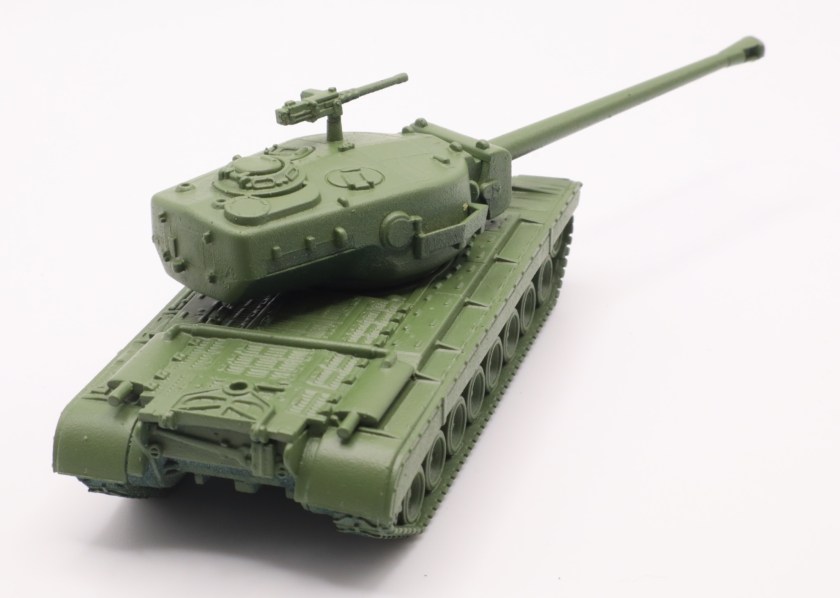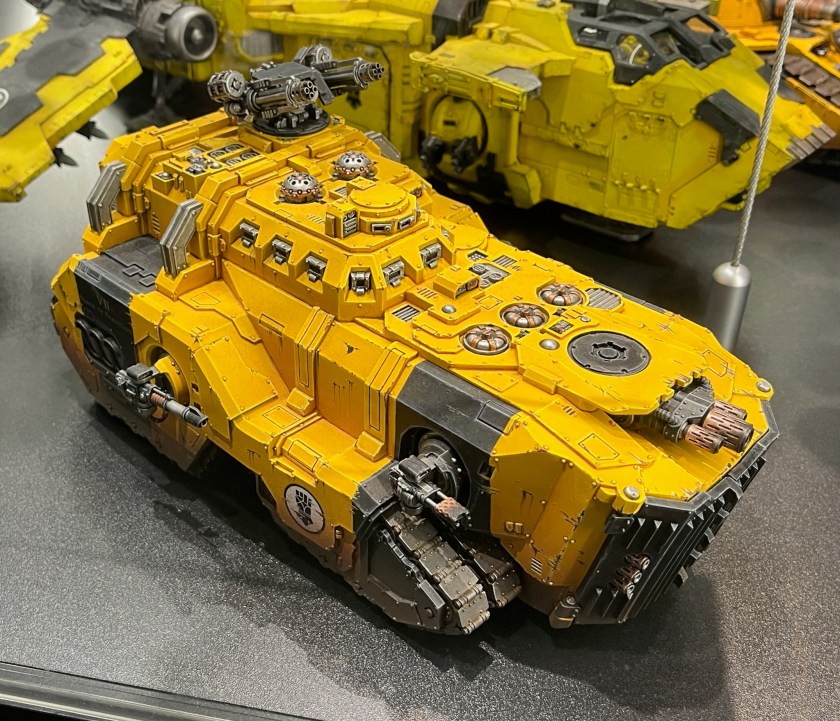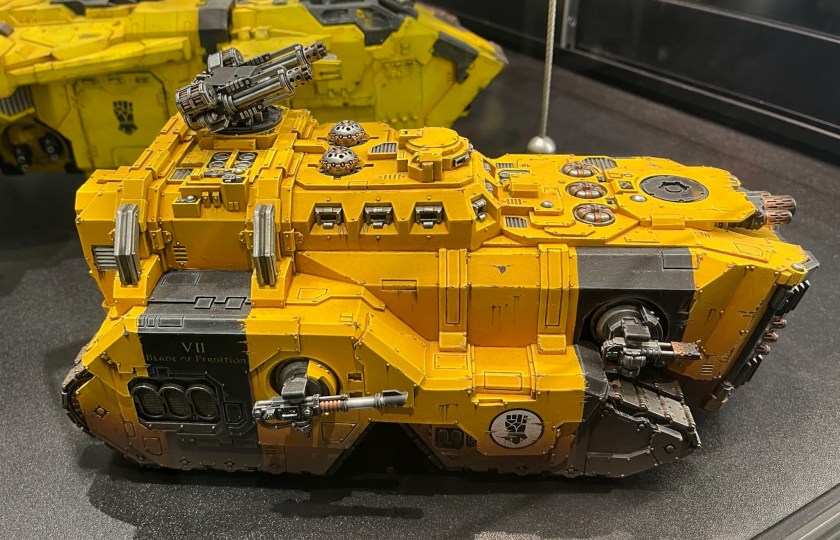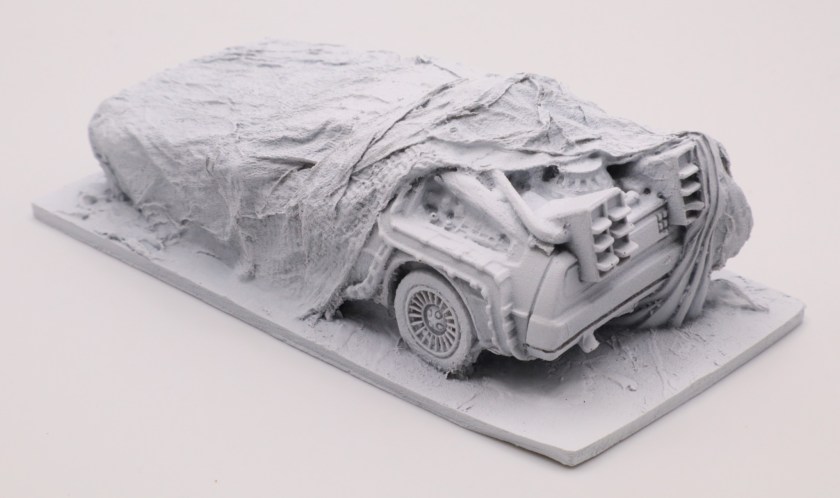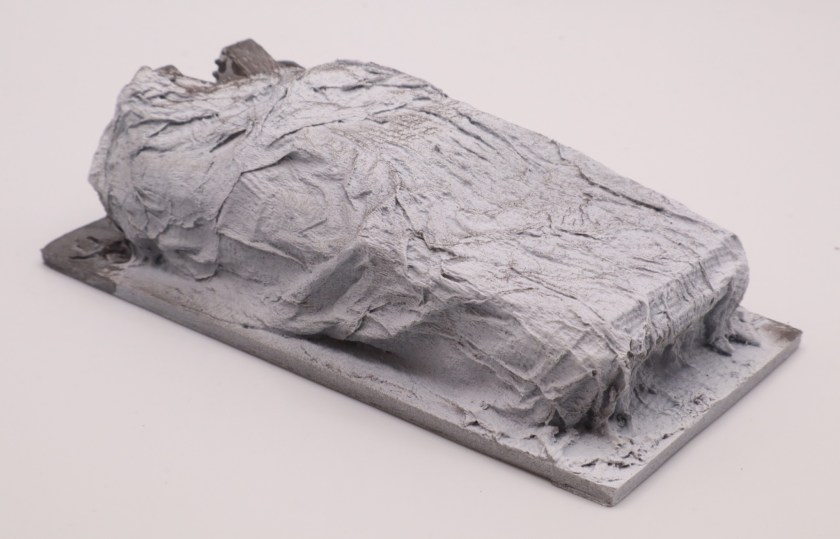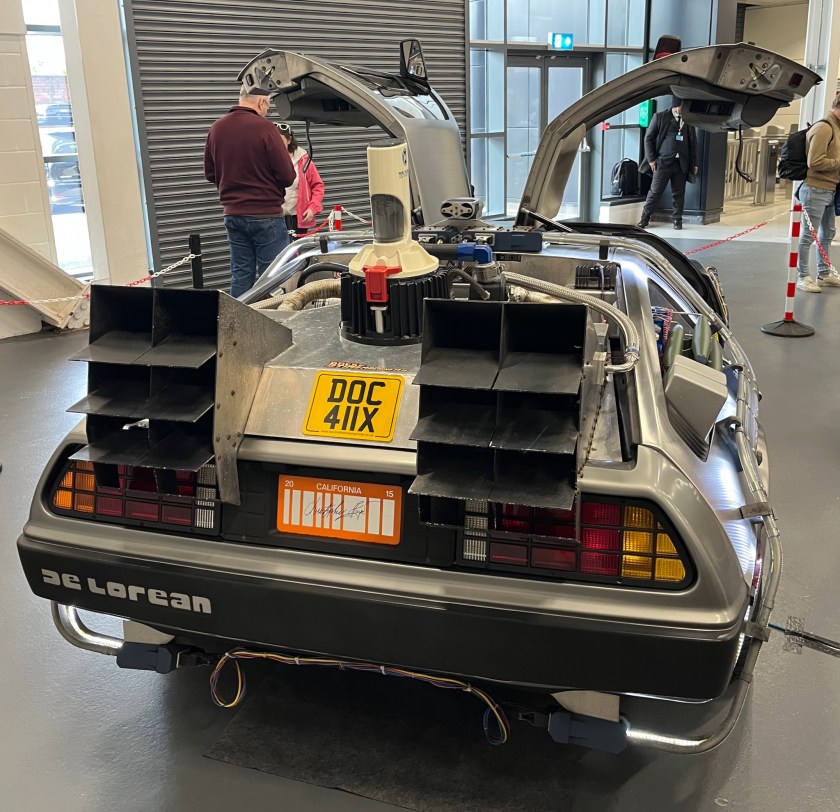One of the Clash of Steel Starter Sets have been on my wants list ever since I found out about them at the beginning of the year. I ordered Operation Unthinkable boxed set containing the British and German tanks.
I decided I would add to the game by ordering the other Operation Unthinkable set, which contains American and Soviet tanks.
The T30 was designed at the same time as the T29 Heavy Tank. The T29 Heavy Tank was an American heavy tank project started in March 1944. The Heavy Tank T30 was developed to counter new German tanks, such as Tiger I, Tiger II, and tank destroyers, such as the Jagdtiger, or Soviet heavy tanks, such as IS-2 or IS-3.
Having constructed the tank, the next step was a white undercoat.
I then sprayed the underneath of the model with Army Painter Colour Primer: Angel Green. This is to add shade to the model before applying the basecoat. It looked a bit like this similar T29 model.
Then the models were sprayed with Army Painter Army Green Spray.
Next stage will be painting the tracks.





